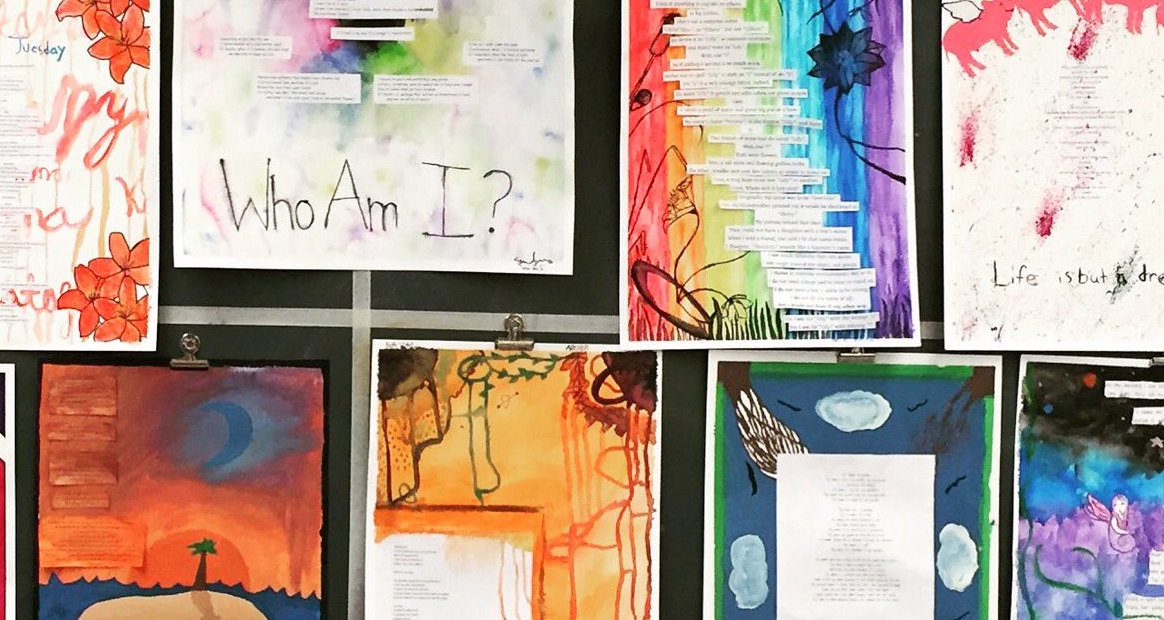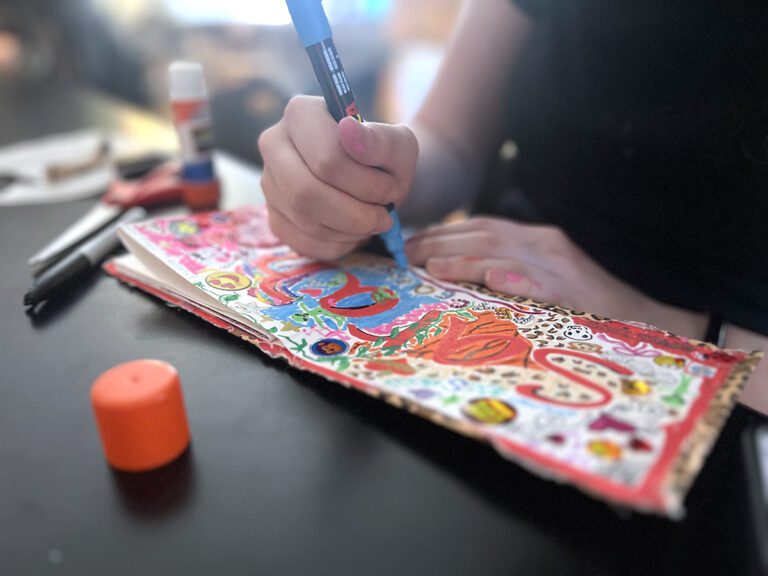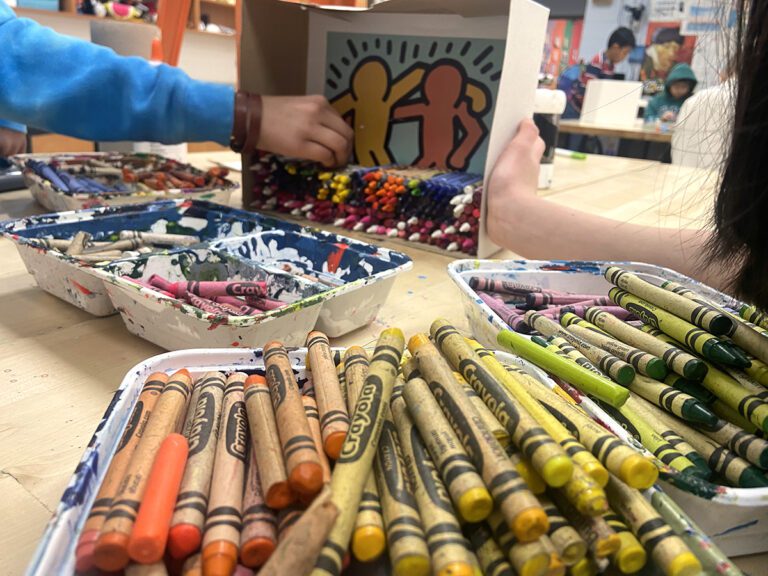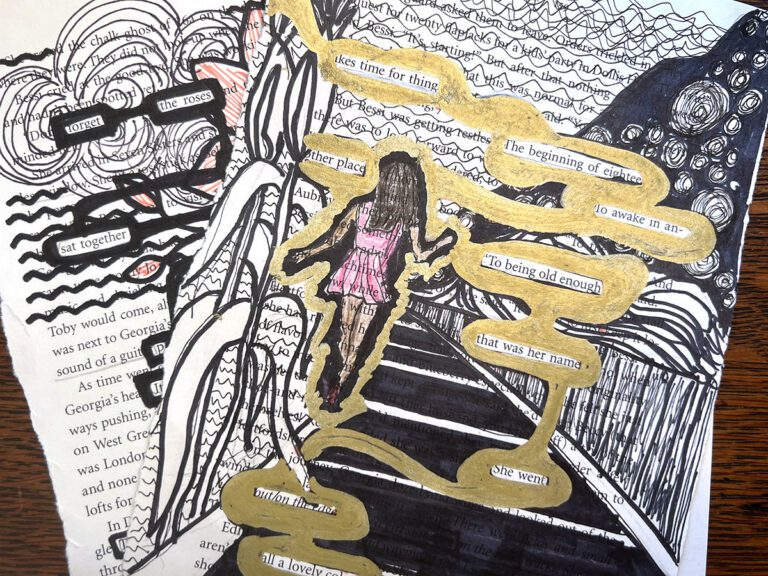This time of year can feel especially isolating. Days go by where teachers just drop their kids and wave. Prep time is spent trying to keep up. Not only can this be extremely lonely, it can also stifle our creativity. We preach collaboration in our classrooms, but we often end up developing content on our own.
I recently spoke with Rachel Silverman, a “lone wolf” high school art teacher in rural Massachusetts about an innovative solution.
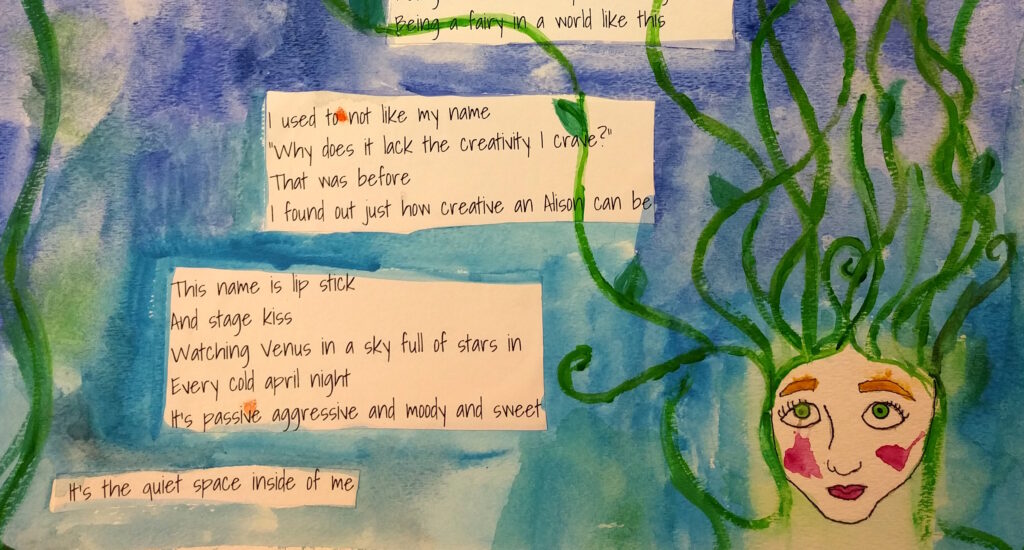
In the past, Rachel felt this isolation all too keenly. One day, while out with a colleague, she lamented about how alone she felt. Her job lacked the collaboration she needed as a team-thinker and her classes left her feeling rushed to incorporate content. She told me, “I always struggle to find enough class time to do context well, especially because my students really crave hands-on studio time the most.”
Her colleague, Rachel Hoogstraten, an English teacher in the same district, felt the same way. She was wondering how she could extend the themes she was teaching in her English courses into meaningful creative projects during her limited class time.
As they chatted, the answer became clear. By collaborating, they could double their class time and create the rich experiences for their students both of them craved. Plus, they had each found a new colleague to bounce ideas off of!
This was big for Rachel S. who reiterated, “We hear all the time about how important it is for students to have opportunities to collaborate and to problem-solve with a diversity of ideas and viewpoints to inform {their} work. I think is equally important for us as art teachers.”
They decided to call their course mash-up “Artglish,” and today I’m sharing three tips I learned from Rachel about getting a cross-curricular course off the ground.

Before presenting your idea to your administration, you’ll need a good argument for doing so. Fortunately, with Project-Based Learning at the forefront of education, art teachers are truly being seen as the ultimate resource. Rachel echoed this sentiment when she said, “Visual art is a discipline of unending educational treasures. The curriculum should go beyond teaching of the formal principles and elements of art and design.” Pointing this out can help your administration see how you can help take collaboration to the next level.
In addition, with two teachers working together, you can delve deeply into themes that connect not only to your curriculum but also to what is important to students about the world around them. Deep topics such as racism, social justice, sexism, self-esteem, war, and stereotyping can be tackled with the support of two teachers who can approach these topics from their different areas of expertise.
If you’d like to create a cross-curricular course, here are Rachel’s three biggest tips.
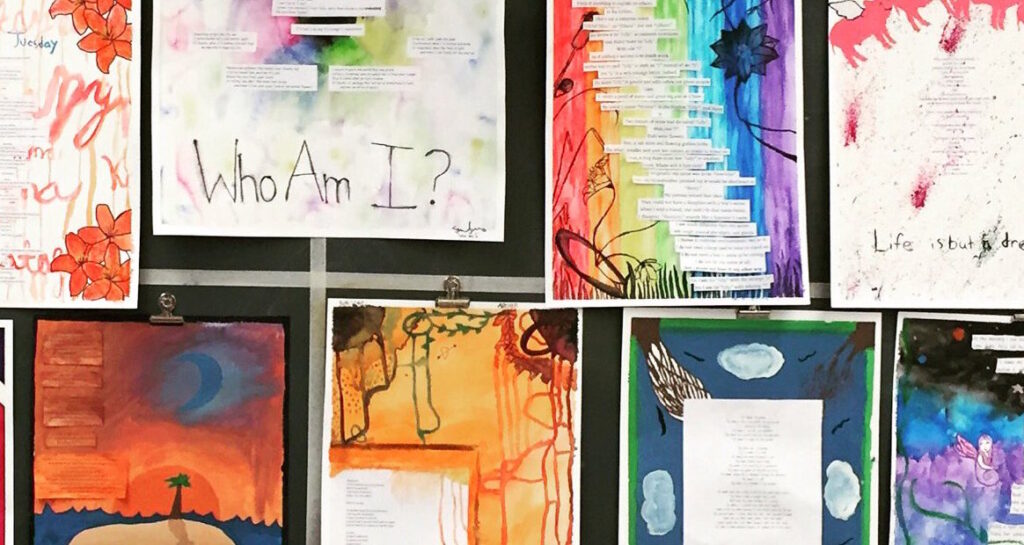
1. Write Down What Is Essential
Rachel made a list of the 10 Essential Aspects of Arts Integration. Like an essential question at the beginning of a class, a list like this can help you keep your focus on what’s important. It can also give you something concrete to present to your collaborator and anyone else whose support you may need.
2. Choose the Right Partner
Make sure you find a colleague who is as interested as you are in collaborating to help you create the class. Find the common ground where your courses overlap and also remember to keep the integrity of your own curriculum.

Rachel found that creating a course like Artglish allowed her to keep the expectations she had for her 9th-grade art classes but also allowed so much more. Students were given adequate time and teacher support to research and write about their artwork. She was also given a lens into how other disciplines navigated planning, teaching, and assessment.
3. Make Sure You’re Approved
As always the more support you have, the better. Rachel points out that in order for a class like this to work, scheduling is key. Students need to be registered for both classes, which means you will need to get the go ahead from your administration before you can start diving into specific planning and preparation.
Courses like Artglish are popping up all over and more and more art teachers are taking the idea of collaboration to heart. If you’re feeling isolated and in need of another voice to spark your collaborative spirit, piloting a course like this one may be a great place to start.
Do you teach a collaborative course?
What’s the best way you find to collaborate with colleagues?
Magazine articles and podcasts are opinions of professional education contributors and do not necessarily represent the position of the Art of Education University (AOEU) or its academic offerings. Contributors use terms in the way they are most often talked about in the scope of their educational experiences.
